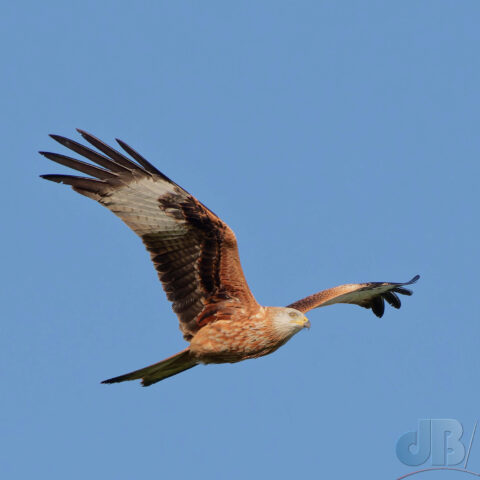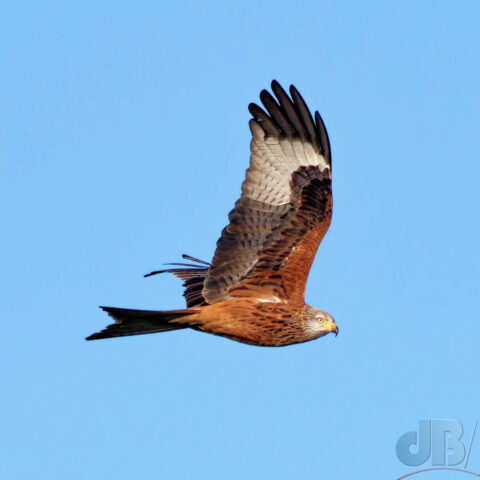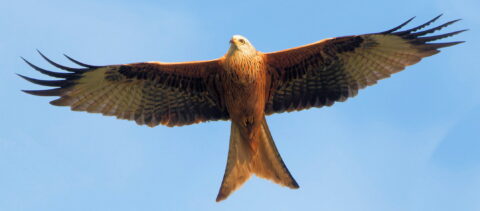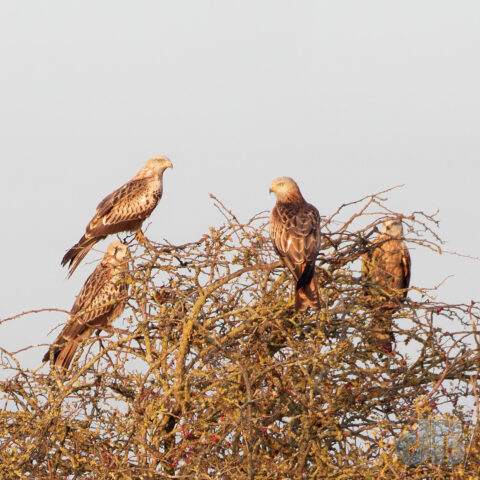UPDATE: The Red Kite is thriving here in Cottenham and spreading its wings far and wide from the original reintroduction strongholds further afield. We have a small colony (20 to 30 of them as of December 2022) on the outskirts of our village that roosts in the farmland hedgerows and scavenges on the rubbish/recycling tip along with thousands of gulls of various species. By 30th, my birding Brendan counted 40+ and estimated that the total might be around 50.

The beautiful red kite (Milvus milvus) was persecuted to near extinction two centuries ago because of the mistaken belief that they were a threat to livestock. A committee was formed in 1903 to protect nests and eggs from hunters and collectors. The name, incidentally, comes from the Old English word cyta, which is most likely onomatopoeic of its call and the toy kite is so-called after the bird.
In 1986, the RSPB (Royal Society for the Protection of Birds) and NCC (now Natural England and Scottish Natural Heritage), joined forces to tender the idea of reintroducing the red kite to England and Scotland. In 1989, six wild birds acquired from Sweden were released in northern Scotland and four Swedish and one Welsh bird were released in the county of Buckinghamshire. In total, almost 100 birds from Sweden and Spain were released at various sites in the early 1990s. Successful breeding populations established themselves quickly. There are feeding sites in various locations and also in Wales where dozens if not hundreds or birds turn up to take food.


